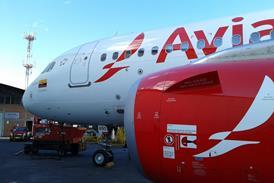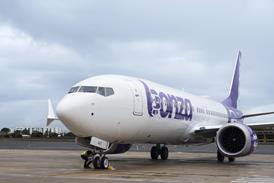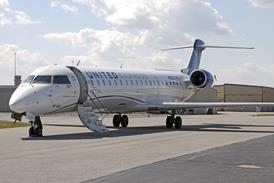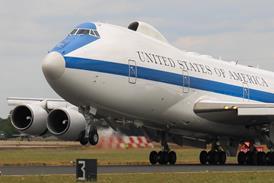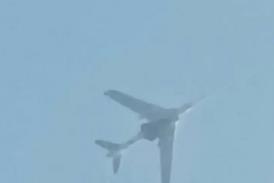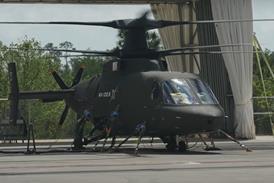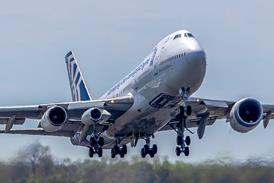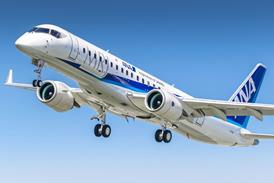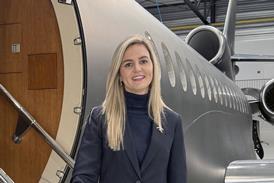Cirrus Design believes that there is a strong business case for its new Vision SJ50 single-engined business jet.
Although the Duluth, US-based company is selling the jet as the “next stage up from a piston,” the aircraft has more commercial applications, says Nick Tarratt, director Cirrus UK. He says: “I can see a great future for it in the air taxi market. It has a big cabin with room for five, plus two passengers, and it can fly up to 1,000nm at 25,000ft at a 300kt cruise.”
But as the only way to operate a single-engine air taxi in the UK is under visual meteorological conditions and not over water, Tarratt does not anticipate British customers wishing to use the jet in that role.
However, there is a precedent for single engine air taxis in the UK. Earlier this year private charter outfit One Air Taxi gained an air operating certificate (AOC) from the UK’s CAA – making it the first British operator offering the Cirrus SR22 G3 four-seat single-engined jet aircraft for public flights.
 |
|---|
Tarratt says that North America could possibly be a good market for fleet orders for the SJ50. Cirrus is not the only company that believes there are strong prospects for a single engine jet air taxi market. Eclipse recently said its new Eclipse 400 could fulfil that role.
Vern Raburn, chief executive of Eclipse Aviation, challenged attendees at a recent British VLJ conference to initiate a research project that would validate the acceptability of single-pilot VLJ air taxi operation.
Even though VLJs are already being certified for single-pilot operation, any jet operated commercially in Europe is required to have two pilots. The bottom line for any business would improve dramatically if only one pilot were needed.
Source: Flight International

